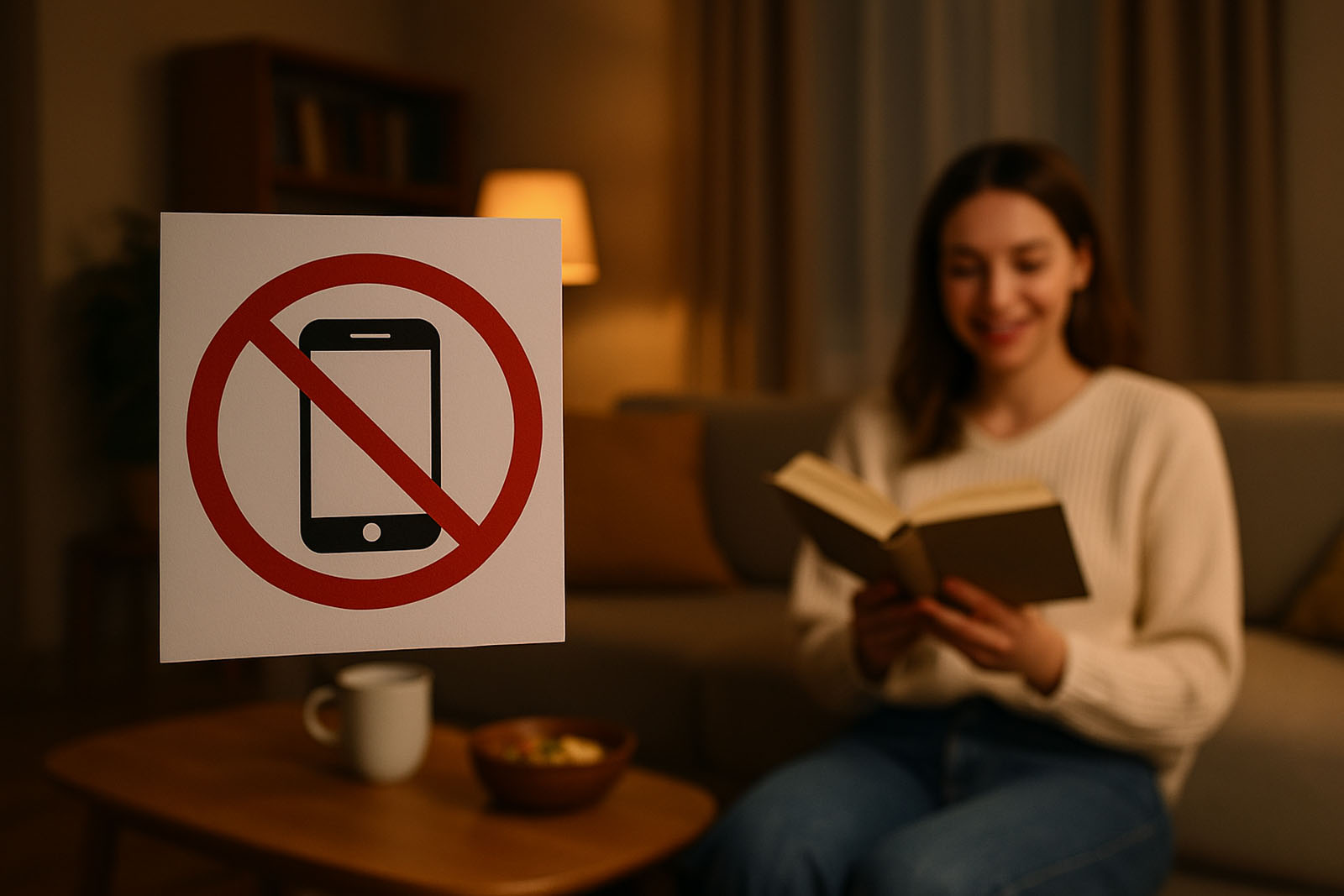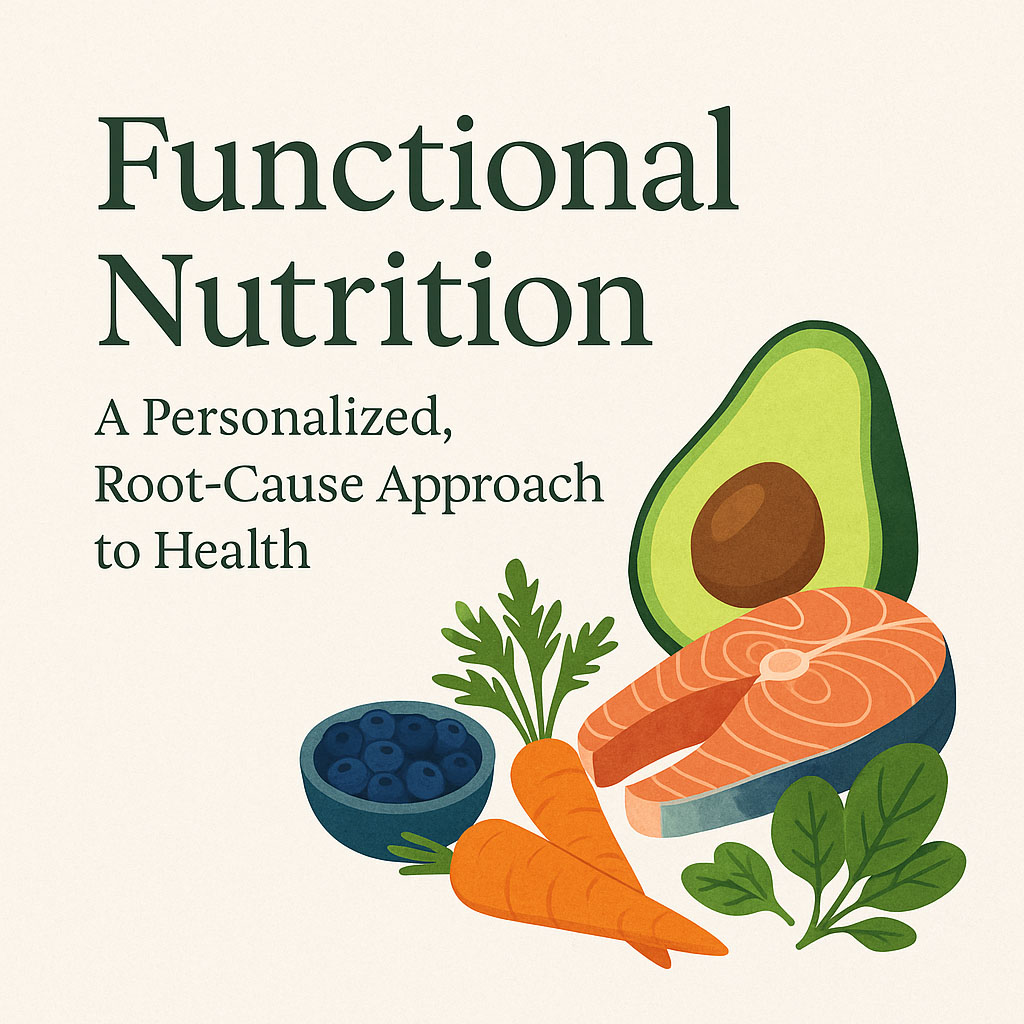Why Basic Sleep Hygiene Isn’t Always Enough
You’re doing everything right — going to bed at 10, keeping your room cool, avoiding screens before sleep — and still waking up groggy. Sound familiar? If so, you’re not alone. The truth is, basic sleep hygiene isn’t always enough. If your sleep still feels like a mystery despite following the “rules,” it’s time to go deeper. Let’s crack the code on personalized sleep optimization — and give your body the rest it’s really asking for.
The Sleep Myth We All Believe
We all know the classics: avoid caffeine late in the day, stick to a bedtime routine, and make your room as dark as possible. These tips are foundational and widely shared, but they don’t account for the vast differences in individual biology, environment, or daily stress levels. What works for your best friend or partner might not work for you — and that’s okay. Sleep isn’t just about more hours in bed. It’s about the quality, timing, and continuity of your rest. And most importantly, it’s about understanding what your unique body needs to restore and recharge.
Personalized Sleep Optimization
This is where personalized sleep optimization comes in — a growing approach to sleep health that looks beyond generic advice and instead focuses on your individual needs. By tailoring your sleep strategies to your natural rhythms, lifestyle, and physiological quirks, you can dramatically improve not only how long you sleep, but how deeply and restoratively you rest.
Your Chronotype: Start with Rhythm
Start with your chronotype — your natural sleep-wake cycle. Are you someone who naturally wakes up with the sun, or do you hit your stride late at night? Forcing your body to adhere to a schedule that contradicts its nature is a recipe for frustration.
If your rhythm is shifted, you can gradually adjust using light exposure and melatonin timed correctly. But the goal isn’t to become someone you’re not — it’s to align your sleep window so your body can do its best work.
Once you know your natural tendencies, many of the nightly decisions (when to dim the lights, when to eat, when to exercise) start falling into place more intuitively.
Light: The Ultimate Sleep Signal
Light is the most potent cue your brain uses to say “awake” or “sleep.” The quality, timing, and intensity of light can make or break your night.
Morning sunlight tells your clock it’s daytime — it triggers cortisol, boosts alertness, and synchronizes internal systems. In contrast, bright or blue-rich lights at night confuse that message. TVs, phones, overhead lights — they all tell your brain, “we’re still awake.”
To harness light: aim for bright natural light early (even 20 minutes outdoors helps). After dinner, begin dimming lights and switch to amber or red-toned bulbs. If you’re in a low-light environment during the day (e.g. offices, apartments), a light therapy box may help. Over time, your internal clock becomes more coherent, less jittery.
Temperature, Sound, and Atmosphere
“Cool, dark, quiet” is the baseline everyone remembers — and it still holds. But within that baseline, there’s nuance.
The ideal sleep temperature isn’t the same for everyone. Some thrive at 16 °C, others at 19 °C. What matters is how quickly you fall asleep, how often you wake, and how refreshed you feel — test a few settings and notice what consistently works.
If your room is too silent, a soft ambient hum or white noise might reduce sudden jolts from outside sounds. If sound is a source of comfort (like a fan or distant rain), use it — just keep it stable rather than fluctuating.
And yes, bedding, mattresses, clothing — those do matter. Breathable fabrics, cooling pads, moisture-wicking materials — these small inputs add up when you’re lying there for hours.
Food and Sleep: The Overlooked Link
You may think “what I eat is a daytime issue,” but dig into the evidence, and food timing shows up as a critical lever.
The heavy, late-night meal is a common culprit. After eating, digestion demands blood flow, metabolic shifts, and hormonal changes. That can conflict with smooth transitions into deep sleep. Experts often suggest finishing your main meal 2–3 hours before bed.
Caffeine is deceptively sneaky — for some, even afternoon coffee can echo into nighttime restlessness. Test cutting it earlier and observe any changes.
On the flip side, some nutrients help — magnesium, tryptophan, glycine, and melatonin-rich foods. Nuts (especially walnuts), leafy greens, whole grains, chamomile tea, and foods rich in magnesium often show up in sleep-friendly nutrition guides.
But don’t over-correct by restricting too severely. Your evening meal should be light, balanced, and calming, not a stressor.
Exercise Timing and Sleep Quality
Movement is a gentle companion to sleep — it strengthens circadian signaling, helps regulate mood, and improves metabolic health. That said, timing matters.
If you can, schedule your most intense exercise earlier in the day. Late-night high-intensity sessions can raise adrenaline, heart rate, and body temperature — all things your system doesn’t want when it’s trying to drift off.
If evenings are your only available window, go for lighter forms: yoga, stretching, a slow walk. These support blood flow, relaxation, and downstream restiness without firing up the system.
Stress: The Silent Sleep Disruptor
Even with perfect environment and nutrition, a racing mind will hijack sleep. Stress (chronic or acute) activates your sympathetic system — that’s the “on” mode of your body. Sleep requires the opposite: a shift into parasympathetic state (rest-and-repair).
That’s where simple practices shine: breathing techniques, guided imagery, body scans, or pre-bed journaling. The goal isn’t to force peace; it’s to invite your system into something softer. Over time, the ritual itself becomes a signal to your brain: “We’re winding down.”
Sleep Architecture: Deep, Light, REM
Rest isn’t monolithic. You cycle through light, deep, and REM stages every 90–120 minutes. Interruptions — from alcohol, noise, sugar fluctuations, or late bathroom trips — can fracture those cycles, costing you restorative depth.
So reduce middle-of-the-night disturbances. Avoid alcohol late in the evening. Stabilize blood sugar earlier in the day so you don’t get jolted awake by hunger or insulin dips. And when you wake, resist glaring screens or activating activities — keep things gentle so you can flow back.
The Power of Sleep Tracking
Now, you might reach for a wearable or app to quantify your sleep. That’s great — but use it wisely. The goal isn’t perfection (those numbers will always have noise), it’s meaningful trend spotting.
Keep a sleep journal alongside your device: bedtime, wake time, how rested you feel, what you ate, exercise, stressors. After a week or two, look for patterns. Did later dinners correlate with lower deep sleep? Did cooler nights reduce wake-ups? Use that insight to tweak one lever at a time.
Your 4-Week Personalized Sleep Reset
Here’s a gentle roadmap you can adopt — adapt as you go:
Week 1 — Tone in to Rhythm: Focus on consistency: wake and sleep times, light exposure in the morning, dimming lights at night.
Week 2 — Food & Movement: Clean up your evening meal timing. Pull caffeine earlier. Exercise earlier or more gently.
Week 3 — Environment & Wind-Down: Build or enhance your nightly ritual. Adjust temperature, noise, and lighting. Add breathing or journaling.
Week 4 — Refine & Experiment: Review your journal and data. Try 1 or 2 new tweaks — maybe a magnesium-rich snack, a shifting of sleep window, or light therapy. Observe closely. Celebrate even incremental gains.
You won’t “finish” this challenge — the work of tuning your rest is ongoing. But by now you’ll likely uncover what your body loves.
Final Thoughts: Your Sleep, Your Strategy
If tonight you lie awake wondering, “Why can’t I sleep?” I encourage you to reframe the question: “What does my body need to feel safe, calm, and ready for rest?”
You don’t need more rigid rules, you need experimentation, compassion, and small adjustments. Your body holds more wisdom than you may trust. With time, these nudges become habits — and your rest becomes richer.
Sweet dreams ahead.


